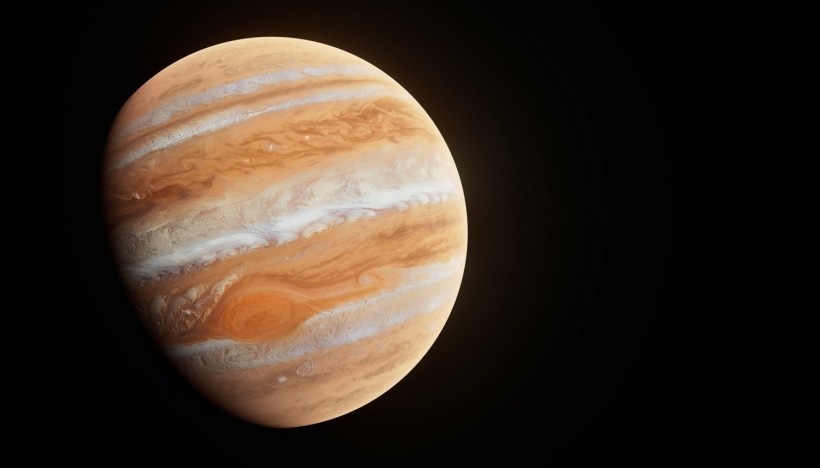NASA recently announced an exciting discovery after detecting the most energetic light ever seen on Jupiter that solved a 30-year-old mystery. The scientists in the space agency used the Nuclear Spectroscopic Telescope Array (NuSTAR) space observatory to spot X-rays, the highest-energy light on a planet in the Solar System, in the gas giant.
NASA scientists said it was an incredible observation because it helps them understand why the Ulysses mission that flew by Jupiter in 1992 did not detect X-rays being reflected from the planet.

Jupiter Mystery Solved After 30 Years After NASA's Space Telescope Detected Highest-Energy Light Ever
Ulysses Mission Jupiter Flyby in 1992
The Ulysses spacecraft was a joint venture between ESA and NASA in 1990. It was designed for a five-year spaceflight to observe the region of space above the poles of the Sun.
They need a gravity assist by another planet to accomplish it and Jupiter is the nearest one capable of meeting requirements. So on February 8, 1992, at 12:02 UT, it became the fifth spacecraft to reach Jupiter after traveling nearly 1 billion kilometers, according to ESA.
During its flyby, the spacecraft also studied the gas giant's magnetosphere and found that it is the largest object in the Solar System. It took 12 days for the spacecraft to travel through it. The Ulysses spacecraft was able to identify ions of sulfur and oxygen in the magnetosphere that are distributed around the orbit of Io.
ALSO READ: NASA Juno Spacecraft Team To Reveal Jupiter's 3D Atmosphere; What Did The Probe See?
NASA Space Telescope Solved 30-Year-Old Mystery
Despite the observations conducted by the Ulysses spacecraft on Jupiter, it was unable to detect X-rays reflecting from the gas giant. It baffled scientists because it would mean that Jupiter is the only planet in the Solar System to not reflect X-rays.
But as Space.com reported, the recent NuSTAR space observatory discovery has finally solved this 30-year-old mystery after they spotted the highest-energy light ever seen on Jupiter, which is X-ray radiation. It is not the first time NASA spotted X-rays on Jupiter as the Chandra X-ray Observatory and ESA's XMM-Newton Observatory have both observed low-energy X-rays from the auroras in Jupiter.
These auroras are located in the planet's poles, created by ions from the volcanic moon Io that accelerates the magnetic field of Jupiter toward the poles. There, ions interact with the planet's atmosphere and create aurora light shows.
But scientists have long suspected that these electrons from Io also create more powerful X-rays. It was only through the NuSTAR space observatory that they were able to confirm their theory.
Colombia University astrophysicist Kaya Mori, the lead author of the study, said in a statement that even though it is challenging for planets to generate X-rays that can be detected by NuSTAR space observatory, Jupiter has an enormous magnetic field that is spinning quickly and act as giant particle accelerator that makes these higher-energy emissions possible.
That helped them solve why the Ulysses spacecraft could not detect X-rays before. Scientists explained that it is because the X-rays become fainter at higher energies. They believe that the X-rays of Jupiter were simply too faint to detect at Ulysses' detection range.
RELATED ARTICLE: Why Does Jupiter Blink? Experts Answer 4-Decade Mystery of the Gas Giant's Chronic X-Ray Aurora Flares
Check out more news and information on Jupiter in Science Times.














